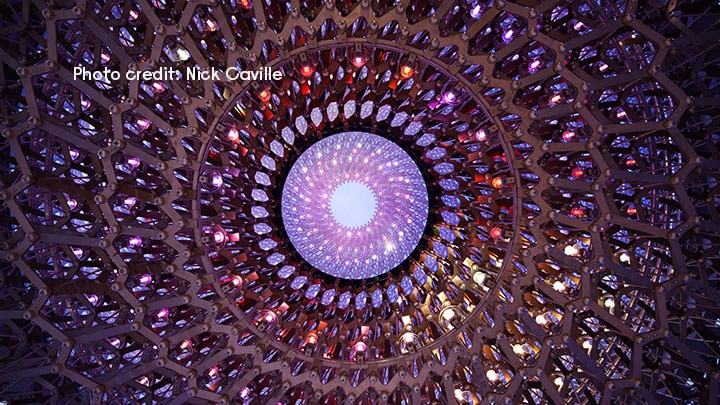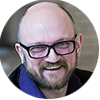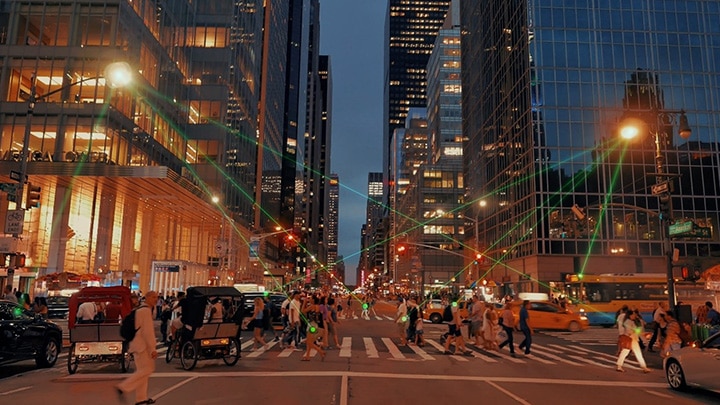

You may click on the image above to view the complete recording on YouTube.
While you may view the webinar you also will have an opportunity to appear for a short quiz and obtain the certificate if you successfully pass the quiz. Login here to take the assessment and obtain the certificate.
In this webinar Colin Ball will explore the widespread use of blue light in modern lighting design, especially in the context of night-time urban environments, and examines the various factors that contribute to its popularity. Despite historical evidence that ancient buildings such as Greek temples and Gothic cathedrals were once brightly colored, many modern lighting designers avoid using colors in lighting for architectural projects, especially for historic buildings. However, blue light continues to dominate contemporary night-time urban lighting. He will explain several possible reasons for this, categorized into political/corporate, emotional, cultural/historic, economic, and physiological factors:
He will be questioning whether the widespread use of blue light is thoughtful or merely a trend driven by convenience, tradition, and its emotional appeal. It encourages lighting designers to consider the broader impacts of their color choices, both on the environment and human health, suggesting that the ubiquity of blue might reflect a deeper, perhaps unconscious, reliance on color as a tool for emotional and physiological manipulation in design. Overall, the use of blue light in lighting design is not just a technical choice but a complex decision influenced by history, culture, and biological factors, with implications for both aesthetics and well-being.


Learning objectives:

Colin Ball
Lighting Director,
BDP, London
Educated in architecture, Colin has subsequently worked as a lighting designer for 21 years, with 10 years experience at Speirs + Major and 6 years at Isometrix Lighting + Design prior to joining BDP in 2011.
At these studios he has contributed to internationally award winning projects including: Museum of Islamic Art – Galleries, Doha; Sakarin Mosque, Istanbul, Roca Gallery London, St Paul’s Cathedral, Interior Lighting and ‘The Hive’ UK Pavilion. His current work includes the Palace of Westminster, UCL and the University of Cambridge. He has a particular interest in developing innovative techniques for lighting within World Heritage venues plus Carbon Exemplary projects for cutting edge science institutes.
Colin has developed a series of lectures that look at how Light in Faith is represented from historical, religious and psychological perspectives in architecture and contemporary art, which he has delivered across the UK, Europe, North and South America. An organiser of a London Light & Film Festival, Colin also speaks about parallels of Lighting in Film, Theatre & Architecture. He has authored a number of articles for national and international professional lighting magazines and is a regular speaker at lighting events and conferences around the world.

The language of Light in City Digitalization Age
Watch this webinar (dated May 30, 2024) to understand how Signify’s BrightSites solution introduces a transformative approach to build city infrastructure and unlocks the potential of existing streetlights, turning them into beacons of connectivity.

Contact us
Please let us know if you want to receive more information about this webinar topic.

Reveal the spirit of place with light
Watch this webinar (dated Oct 27, 2022) to learn from Richard Wang about how lighting can reveal the spirit of place.